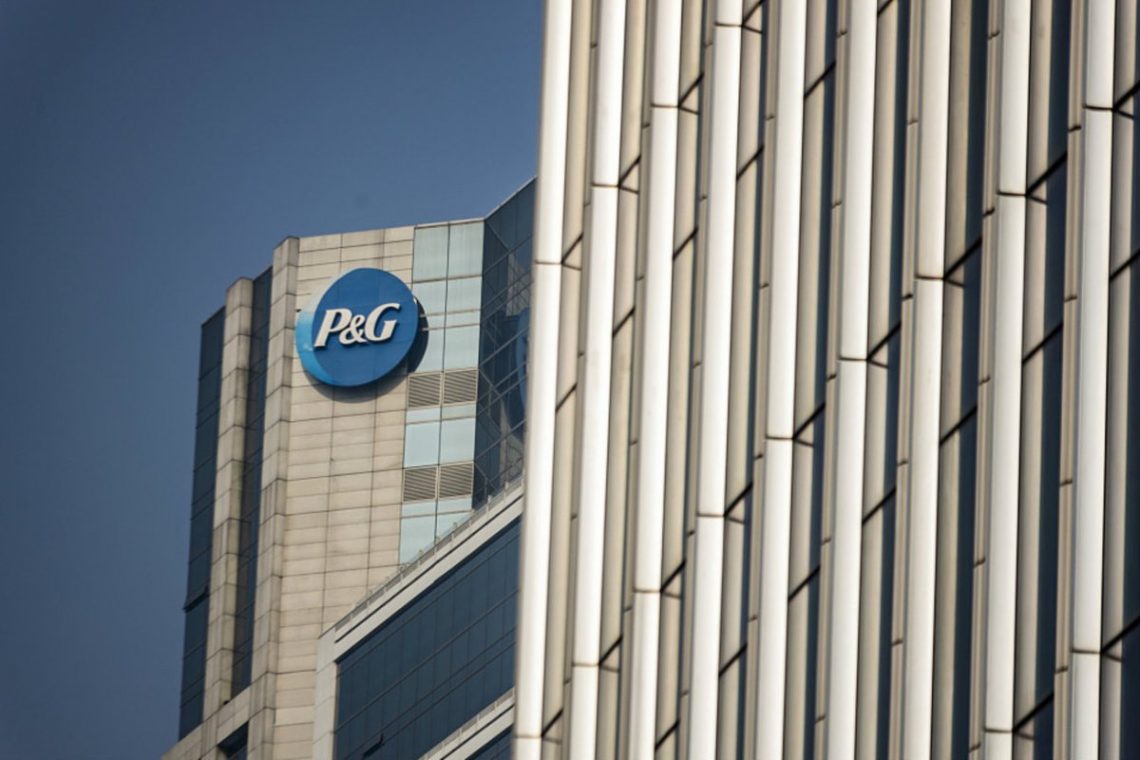Procter & Gamble: from soap and candle production to an international corporation
Procter & Gamble Company is one of the largest in the world and owns a huge number of brands of household chemicals, hygiene products and cosmetics. The history of the corporation began in 1837 in Cincinnati.
Two businessmen opened the business after they married their sisters. James Gamble had his own soap business, but his relative William Procter could not find a business that would also bring money. Then the father of wives of young people will offer them to unite and organize a company. This event took place during the difficult years for the U.S., which is called the Panic of 1837.
At first, businessmen made candles and soap, and sold them themselves, wheeling around the city with the goods. Things were going quite well, and they began to take the products to nearby settlements. An important stage of the company’s development was the opening of the railway hub in Cincinnati, which allowed organizing the delivery of candles and soap practically all over the country. In 1851 Procter & Gamble opened a factory, and 10 years later the annual turnover of the company reached 1 million dollars.

The business was also actively developed by the sons of the founders. They bought a large amount of tar at a favorable price, and after the war, its cost jumped dramatically, which made the P&G competitors have a hard time. Thus, the company took the leading position on the US market. However, there was still a difficulty – imported manufacturers, whose products were considered to be of higher quality. To exclude this factor, James Gamble, son of the founder, introduced a new kind of soap Ivory Soap. Heir to William Procter, Hurley, organized an advertising campaign for the product, which in 1881 cost $11 thousand. This step paid off completely, and the demand for soap was overwhelming. Especially for the production of soap, in 1885 opened a factory and hired a staff of chemists to improve the formula. After a while, they launched a new line of products under the Lenox brand, and in the 1890s P&G sales reached 3 million dollars.
Mass strikes by workers, which were observed at all enterprises at that time, caused difficulties in the company. The problem was solved by William Procter’s grandson. He reduced the working day on Saturday. At first such a step worked, but with time the employees began to ask for more. At that time dividends were offered, but on condition that the payments were only the most diligent. And the full development of business went further.
Until 1911 the company specialized mainly in soap, but then decided to release a completely new product – Crisco edible fat, which was produced on the basis of vegetable oil.
After electrification the company curtailed production of candles and concentrated on household products, which continues to this day.










